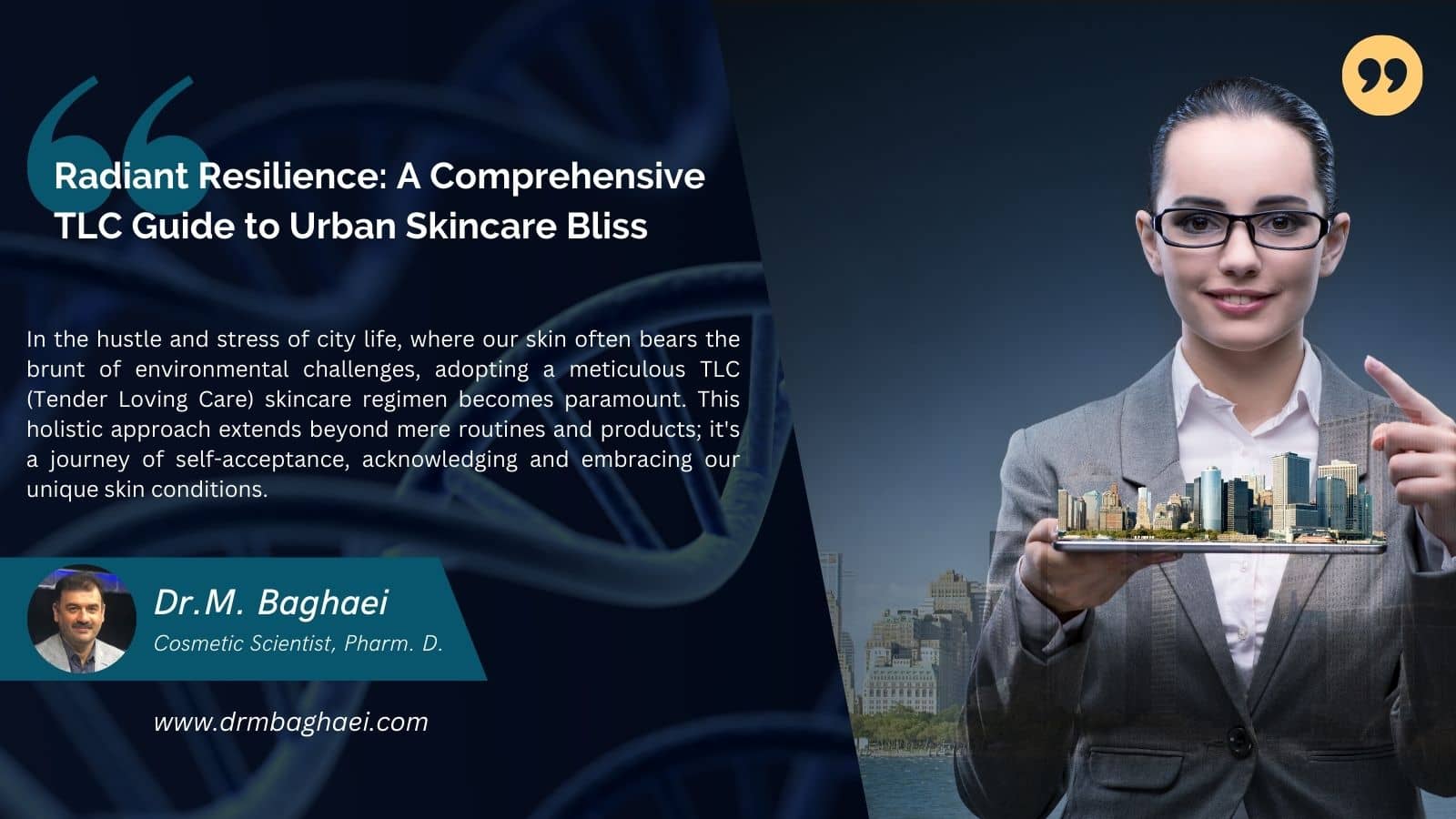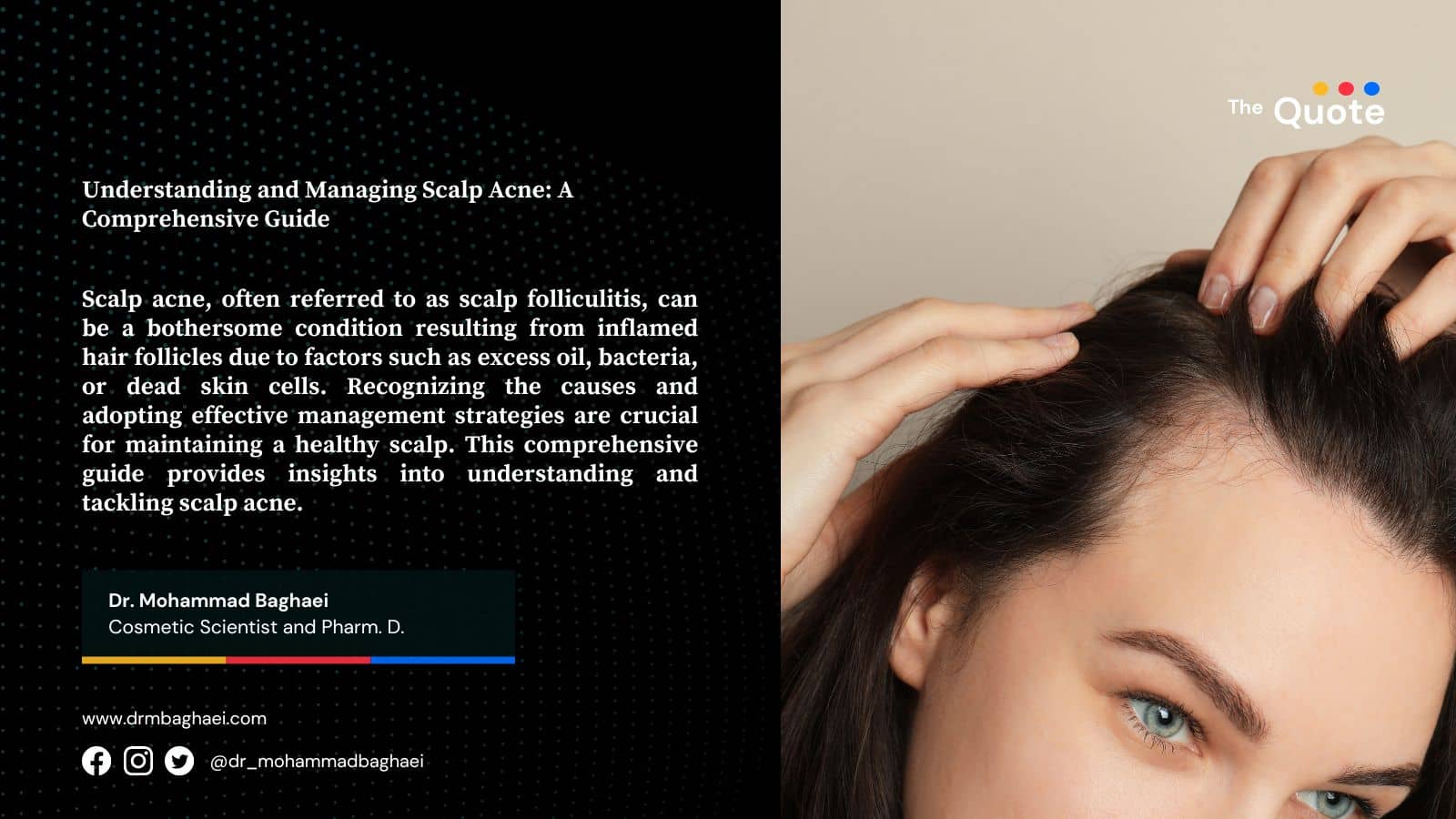As the clock ticks forward, wrinkles emerge as tangible reminders of the inexorable passage of time. This comprehensive guide embarks on an illuminating journey into the intricate world of wrinkles, unraveling the diverse types, underlying causes, prevention strategies, the essential element of choosing the right treatment, and cutting-edge treatments.
Types of Wrinkles:
Wrinkles, intricate storytellers etched on our skin, unveil a diverse spectrum of nuances, each revealing a unique facet of the aging journey:
Dynamic Wrinkles:
- Characteristics: Responsive to facial movements, e.g., crow’s feet and forehead lines.
- Examples: Crow’s feet, forehead lines, and smile lines showcase the dynamic nature of facial expressions.
Static Wrinkles:
- Characteristics: Present even at rest, static wrinkles reflect a loss of skin elasticity and the relentless pull of gravity over time.
- Examples: Marionette lines, nasolabial folds, and necklines signify the enduring imprints of aging.
Wrinkle Folds:
- Characteristics: Deep grooves formed by sagging facial structures, these folds narrate the natural ebb and flow of the skin’s architecture.
- Examples: Nasolabial folds exemplify the impact of facial structure on the skin’s appearance.
Compression Wrinkles:
- Characteristics: Arising from prolonged facial compression against surfaces, such as pillows during sleep, these wrinkles depict imprints of life’s moments.
Permanent Elastic Creases:
- Characteristics: Resulting from factors like sun exposure, pollution, and smoking, these creases persistently form around the upper lip, cheeks, neck, and décolletage.
Expression Lines:
- Characteristics: Subtle and revealing, these lines, commonly found around the eyes, forehead, and mouth, bear witness to a life rich in varied facial expressions.
Elastic Wrinkles:
- Characteristics: Manifesting as fine lines during facial movements and at rest, elastic wrinkles mirror the evolving nature of the skin’s resilience over time.
Gravitational Folds:
- Characteristics: As gravity influences facial tissues, nasolabial folds and jowls emerge, shaping the contours of aging faces.
Dry Skin-Induced Wrinkles:
- Characteristics: Dry skin intensifies the journey of aging, robbing the skin of moisture and natural oils, making it susceptible to fine lines.
Compression Lines:
- Characteristics: Temporary imprints of life’s moments, these lines reveal tales of sleep positions and daily routines, etched on the skin like imprints on a well-read book.
Crinkle Lines:
- Characteristics: Delicate and superficial, crinkle lines decorate the skin’s surface, reflecting a life well-lived around the eyes and mouth.
Atrophic Wrinkles:
- Characteristics: Reflecting diminished collagen and hyaluronic acid levels, these wrinkles make their mark on the forehead, cheeks, and around the eyes.
Fine Line Wrinkles:
- Characteristics: Subtle harbingers of the aging process, fine lines grace the delicate areas around the eyes and mouth.
Neck Bands:
- Characteristics: Vertical lines on the neck, sculpted by time and sun exposure, create the unique category of neck bands.
Smile Lines:
- Characteristics: Wrinkles around the mouth, shaped by the artistry of smiles and expressions, define the distinctive feature of smile lines.
Glabellar Lines:
- Characteristics: Vertical lines between the eyebrows, etched by repeated frowns and squints, characterize glabellar lines.
Bunny Lines:
- Characteristics: Wrinkles on the sides of the nose, emerging during smiles or scrunching, create the whimsical category of bunny lines.
Wrinkle Locations and Causes:
Wrinkles carve their presence not only on the face but also on specific areas, unveiling the unique tales of each location:
- Forehead Wrinkles: Horizontal lines formed by facial expressions and the natural aging process.
- Worry Lines: Vertical lines between the eyebrows resulting from repeated furrowing or frowning.
- Bunny Lines: Fine lines on the sides of the nose, emerging during scrunching or smiling.
- Marionette Lines: Wrinkles at the corners of the mouth, extending downward toward the chin.
- Nasolabial Folds: Lines from the sides of the nose to the corners of the mouth, caused by facial expressions.
- Neck Wrinkles (“Tech Neck” or “Necklace Lines”): Develop due to aging, loss of collagen, and repeated neck bending to look down at screens.
- Chest Wrinkles (“Cleavage Rhytides” or “Brinkles”): Skin creases between the neck and upper abdomen, caused by aging, sun exposure, and sleep positions.
- Hand Wrinkles: Result from aging, loss of collagen, sun exposure, and repeated folding of the skin.
- Forearm Wrinkles: Caused by genetics, weight loss, and sun damage.
Prevention Strategies:
The journey towards preventing wrinkles is a strategic endeavor involving a holistic approach:
- Skincare Rituals: Daily use of moisturizers and high-quality skincare products containing retinoids, antioxidants, or peptides.
- Hydration: Drinking plenty of water to maintain skin elasticity and overall health.
- Nutrient-Rich Diet: Consuming a balanced diet rich in antioxidants, vitamins, and proteins to support collagen production.
- Avoiding Smoking: To prevent the reduction of collagen production and premature facial wrinkling.
- Facial Expressions Awareness: Minimizing repeated facial expressions to reduce the formation of wrinkles.
- Sleeping on Your Back: Prevents sleep lines, wrinkles formed due to sleeping in certain positions.
- Stress Management: Managing stress levels to mitigate premature skin aging.
- Sun Protection: Wearing sunscreen daily to protect against UV damage.
Choosing the Right Treatment:
Selecting the appropriate treatment involves a thoughtful process:
- Identify Wrinkle Type: Recognizing whether dealing with dynamic or static wrinkles, or specific types like expression lines or gravitational folds.
- Consult with a Dermatologist: Seeking advice from a board-certified dermatologist to determine the most suitable treatment based on skin type, budget, and desired outcomes.
- Consider Budget: Assessing the financial aspects of various treatments, from over-the-counter creams to more expensive options like Botox or dermal fillers.
- Evaluate Invasiveness: Considering the level of invasiveness and potential side effects associated with each treatment.
- Assess Expected Results: Understanding the effectiveness and duration of different treatments to align with personal expectations.
- Lifestyle Changes: Incorporating adjustments for holistic skin health.
Treatment Options:
A range of treatment options is available for wrinkle rejuvenation, offering both non-invasive and invasive approaches:
- Retinoids: Topical creams containing retinol or prescription-strength retinoids improving skin texture and reducing wrinkles.
- Chemical Peels: Involves applying a chemical solution to exfoliate the skin, revealing smoother, less wrinkled skin.
- Microdermabrasion and Dermabrasion: Removal of the outer skin layer, promoting the growth of new, smoother skin.
- Microneedling: Creating tiny punctures in the skin to stimulate collagen production and improve texture.
- Laser Skin Resurfacing: Uses lasers to remove the outer skin layer and stimulate collagen production.
- Neurotoxins/Neuromodulators (Botox, Jeuveau): Injections temporarily relaxing facial muscles, reducing wrinkles.
- Dermal Fillers (Juvederm, Restylane): Injectable fillers plumping up the skin and smoothing wrinkles.
- Kybella: Injectable treatment dissolving fat cells and tightening the skin to reduce wrinkles.
- Hormone Replacement Therapy (HRT): For women with hormonal changes, under medical supervision.
Genetic and Epigenetic Effects:
Intrinsic factors and environmental influences play a role in wrinkle development:
- Genetic Effects: Inherited traits influencing skin structure and aging.
- Epigenetic Effects: Environmental factors modifying gene expression.
Conclusion:
In the symphony of life, where wrinkles compose the melody, the inner orchestrations play a crucial role. As we embrace the art of prevention and rejuvenation, may our understanding encompass not only the external influences but also the intricate dance of hormones, hydration, nutrition, and the silent melodies of our internal symphony. Each wrinkle, a chapter in the story of our skin, reveals the beauty that comes with the passage of time, intertwining the external and internal harmonies. May this guide serve as a companion, celebrating the multifaceted journey of aging and the unique canvas of stories etched on every face.




